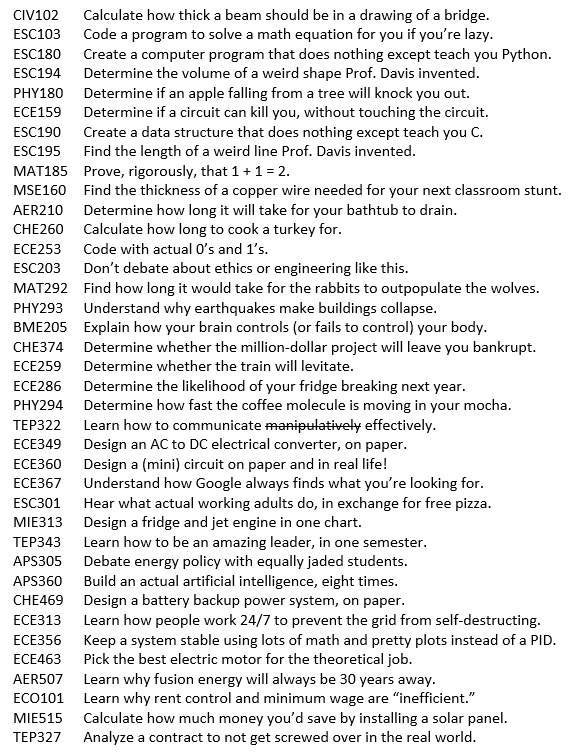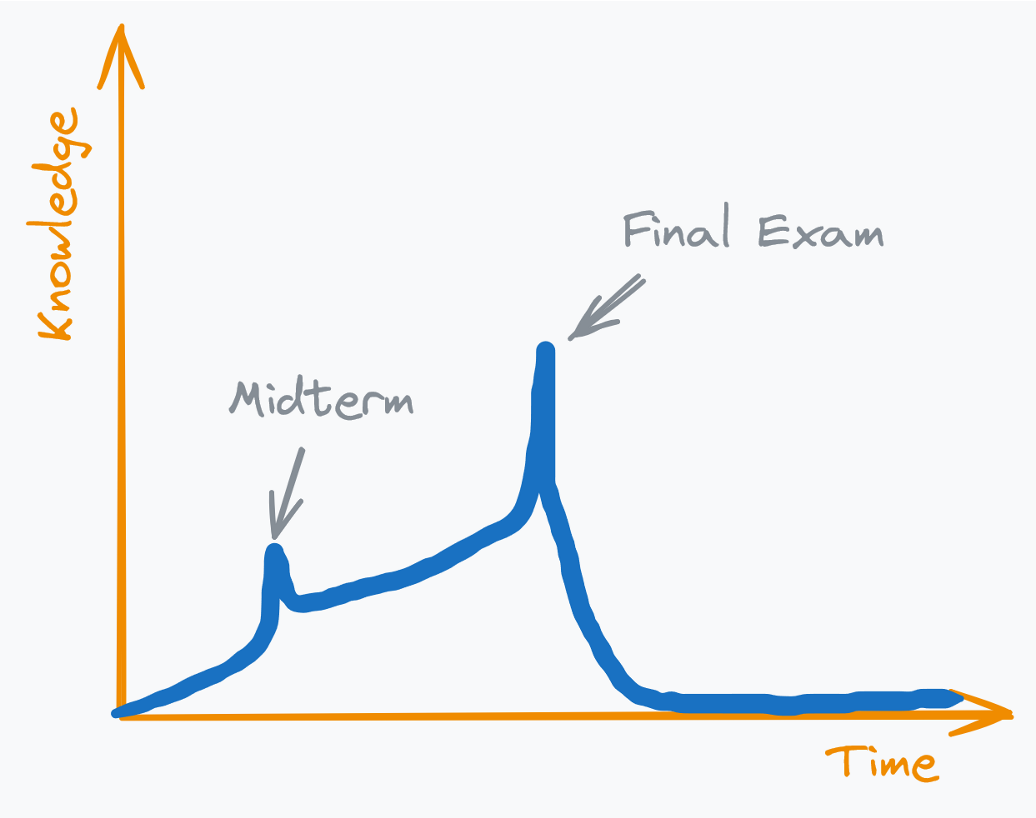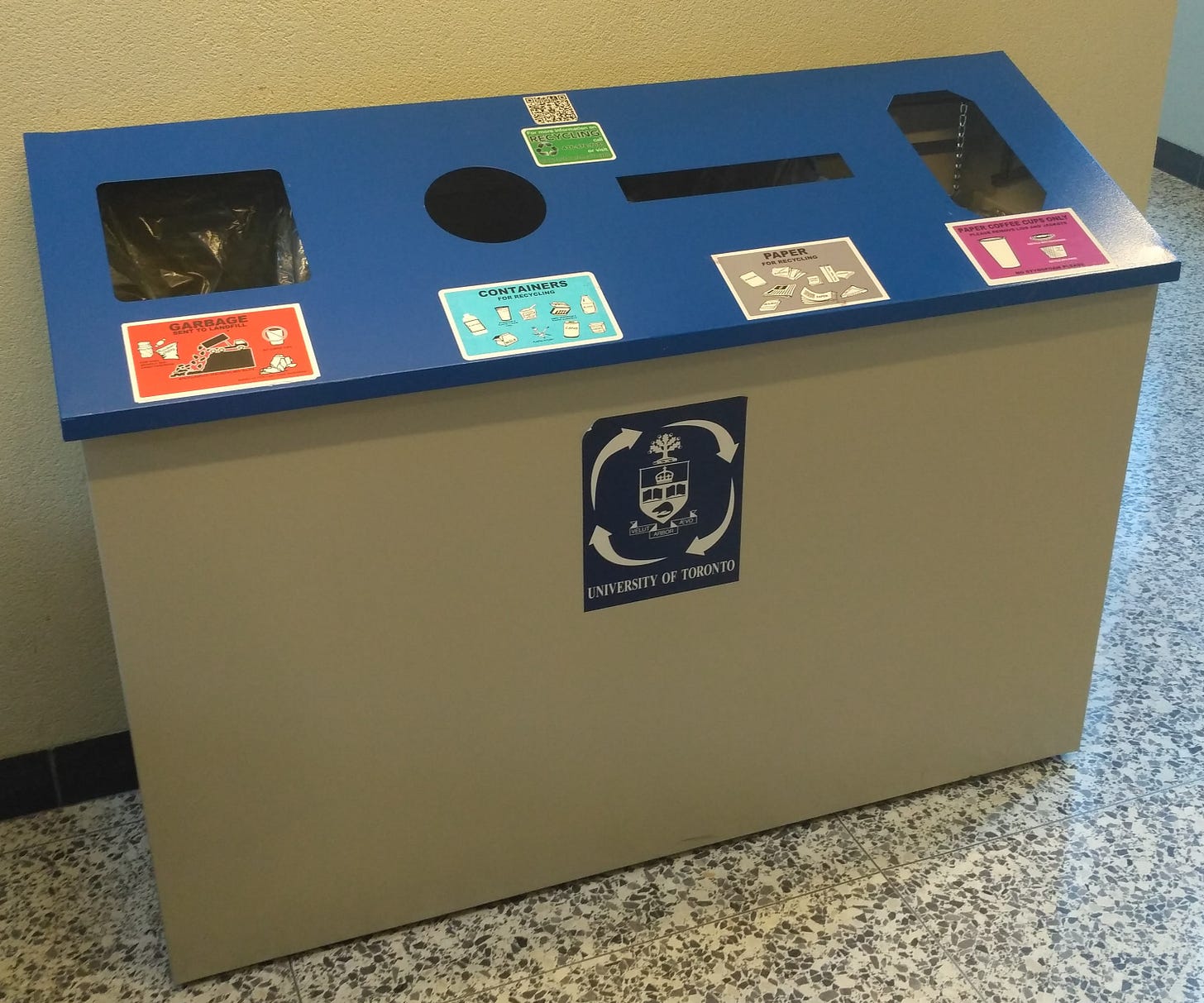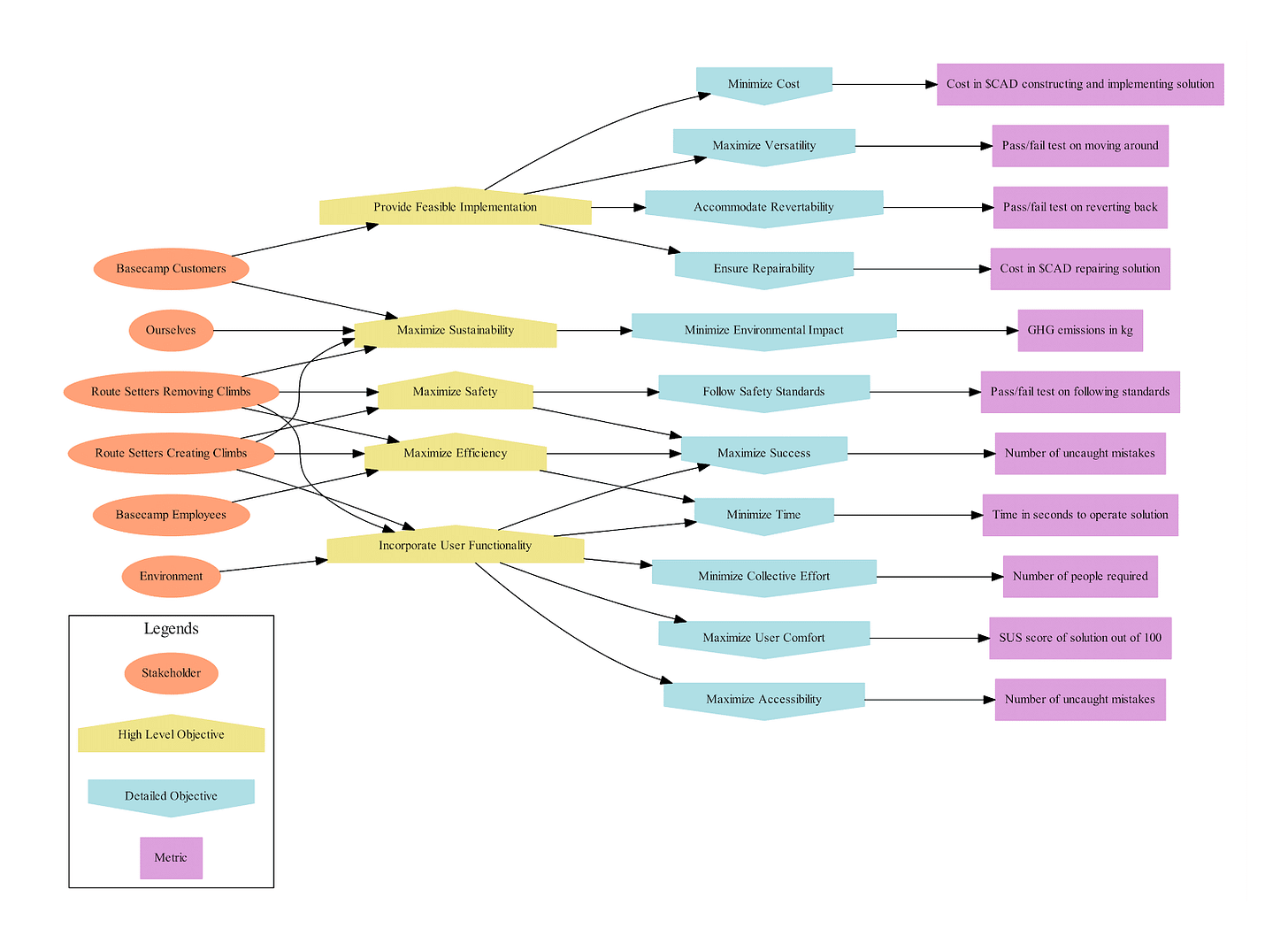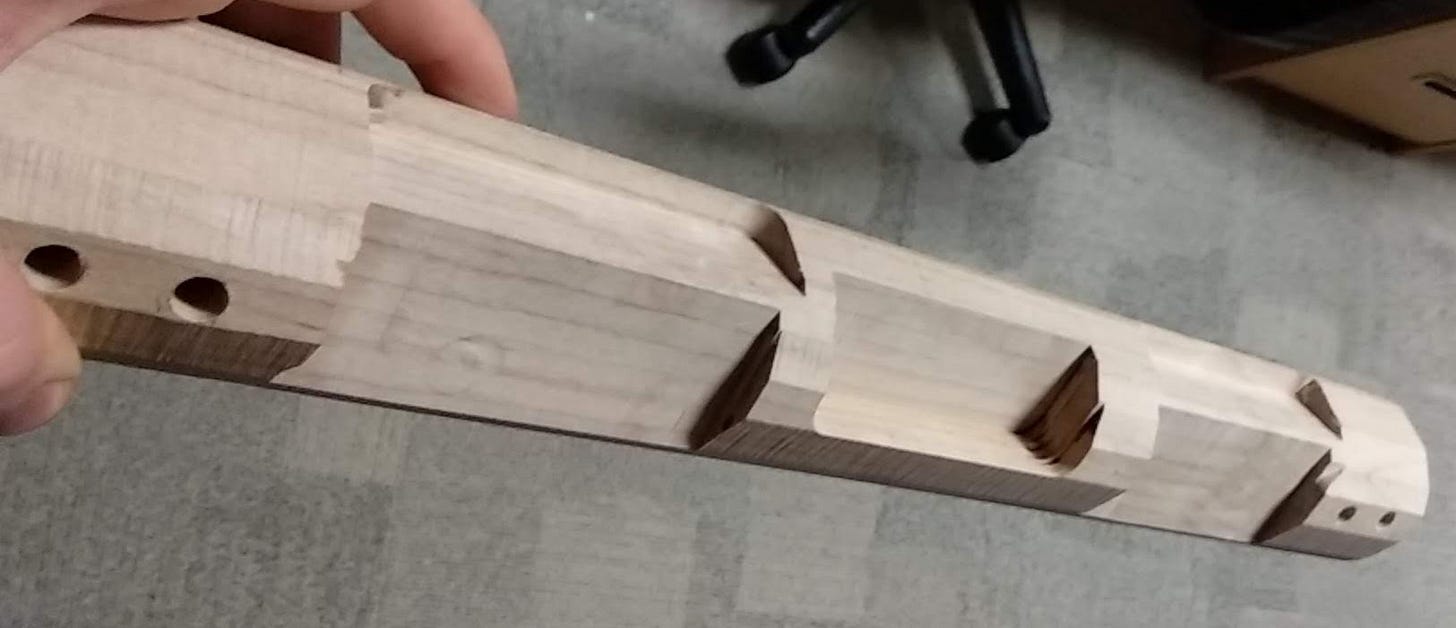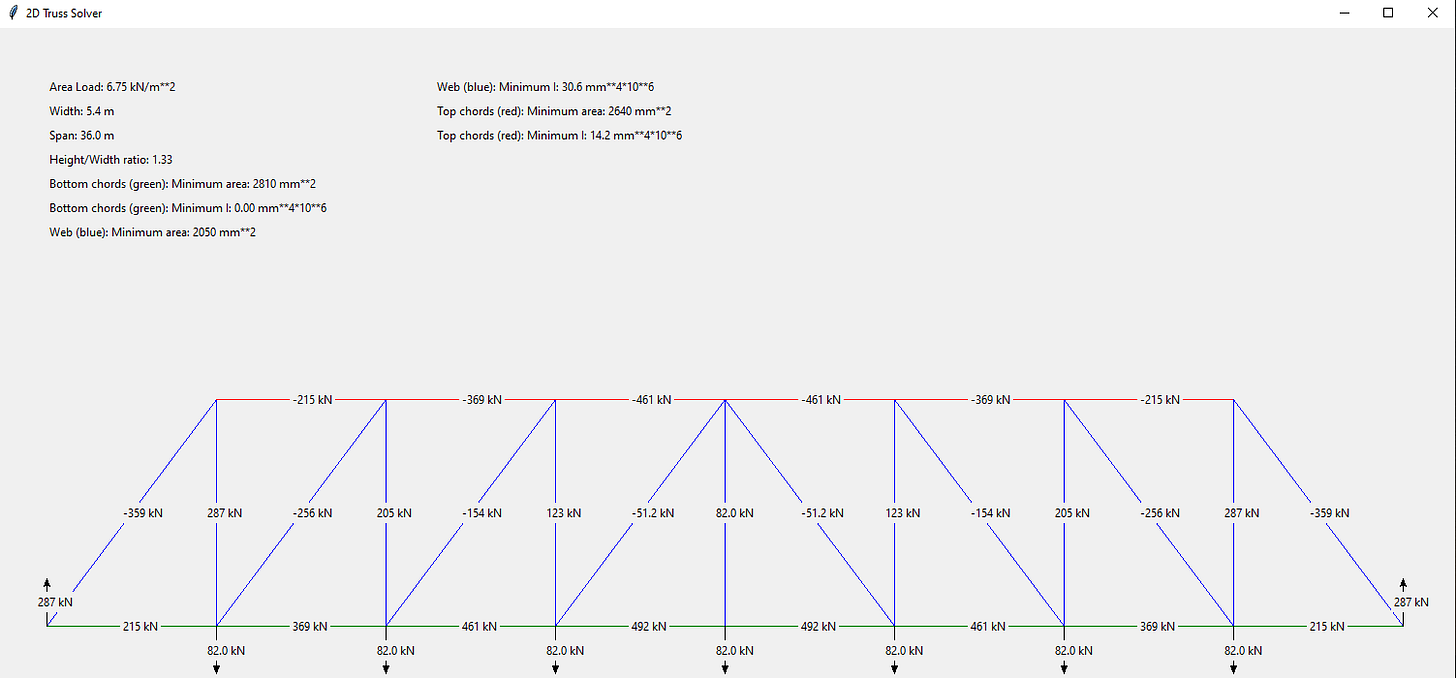What 4 years at UofT have taught me about Engineering
What even is engineering?
First-year engineering students barely know the answer to this question so I wouldn’t blame anyone for not knowing what exactly engineering is.
One way to find the answer is by looking at what is taught. Unfortunately, most engineering course descriptions are a long list of concepts that you don’t understand until you have taken the course. I’ve always felt this defeats the purpose of the course description in the first place!
To help us out, I got a random number generator to pick out some courses that I’ve taken to serve us concrete examples of what is taught in Engineering.
CHE260 Thermodynamics and heat transfer. By the end of this second-year course, you know how heat spreads through objects and how to calculate the time it takes to cook a turkey such that the middle reaches the right temperature (assuming the turkey is a perfect cylinder of behaves like water).
ECE286 Statistics. By the end of the course, you know how to use probability distributions to predict things like what’s the likelihood of your fridge breaking next year (assuming you had a bunch of data on how often fridges broke).
CIV102 Structures and materials. This iconic first-year course teaches you stuff like how to find the minimum thickness of a beam in a bridge so that the bridge doesn’t collapse. The course deals with civil engineering but it’s really a course on how to work backwards from a problem (e.g., we need a 100m bridge that can support 10 kilotons) to an engineering design (beams should be 5’’ thick).
If those three examples weren’t enough, here’s a (slightly sarcastic) list of all the courses I’ve taken so far.
Overall, most Engineering courses provide tools to solve physical problems1.
Like almost all of my peers, I’ve forgotten most things I once learnt in these courses. One of our professors had a handy plot, depicted below, to explain the phenomenon. Yet this isn’t all bad. Learning a topic is much easier the second time than the first. Additionally, although I’ve forgotten the details, the overarching concepts have not been forgotten. I still know how heat spreads through materials, how probability distributions can be used, and what’s involved in bridge design. I’ve gained context that allows me to understand and communicate with other engineers, even if I’m not familiar with their particular line of work.
Engineering as a way of thinking
I often describe Engineering as not a particular thing we ‘do’ but rather it’s a way of thinking.
When I was trying to decide on which university to attend, a future EngSci graduate told me a joke. “Ask a Waterloo engineer to build you a motor and he’ll build you an excellent motor. Ask an EngSci engineer to build you a motor and he’ll come up with 17 different ways one could build a motor.” At the time, I responded, “wait, isn’t the Waterloo engineer better then?” My friend simply said, “think about it.” Five years later I still am.
Engineering, as I’ve come to learn, is indeed more than just being able to build a motor. It’s about being able to think through new problems carefully and methodically until the optimal solution is found.
One set of courses I haven’t yet mentioned is the infamous “Praxis” courses. These courses are focused on teaching us how to think like an engineer. The premise is, here’s a problem, define it carefully, come up with 17 potential solutions, then compare them to find the best one. For example, during my very first semester, we identified a problem with the University of Toronto’s garbage labelling system. The labels were confusing.
We spoke with the University of Toronto Sustainability Office and designed an online experiment to try out new label design and slot shapes.
We ran our experiment on 143 participants and found that our improved label design reduced contamination rates by roughly 30%. Yay!
The second semester course was more rigorous. We had to meticulously define a list of “requirements” for what a potential solution to a new problem might look like. The problem we chose after chatting with businesses in downtown Toronto was improving the efficiency of route setting at climbing gyms by making it easier to sort and find bolts of the right length. Here are the “requirements” we defined for our solution.
You see, instead of simply seeing a problem and immediately going about fixing it, Praxis taught us to first answer some important questions. Who are the people implicated in this problem? What are the objectives for potential solutions (e.g., easy to use, easy to repair, etc.)? What are specific sub-objectives (e.g., minimize the number of people required to use the device)? How will we determine whether these sub-objectives are met (e.g., number of people required)?
Thinking like an engineer is also about breaking down how information is processed, how to brainstorm and evaluate ideas, how to form arguments, and how to use theory to build stuff in reality.
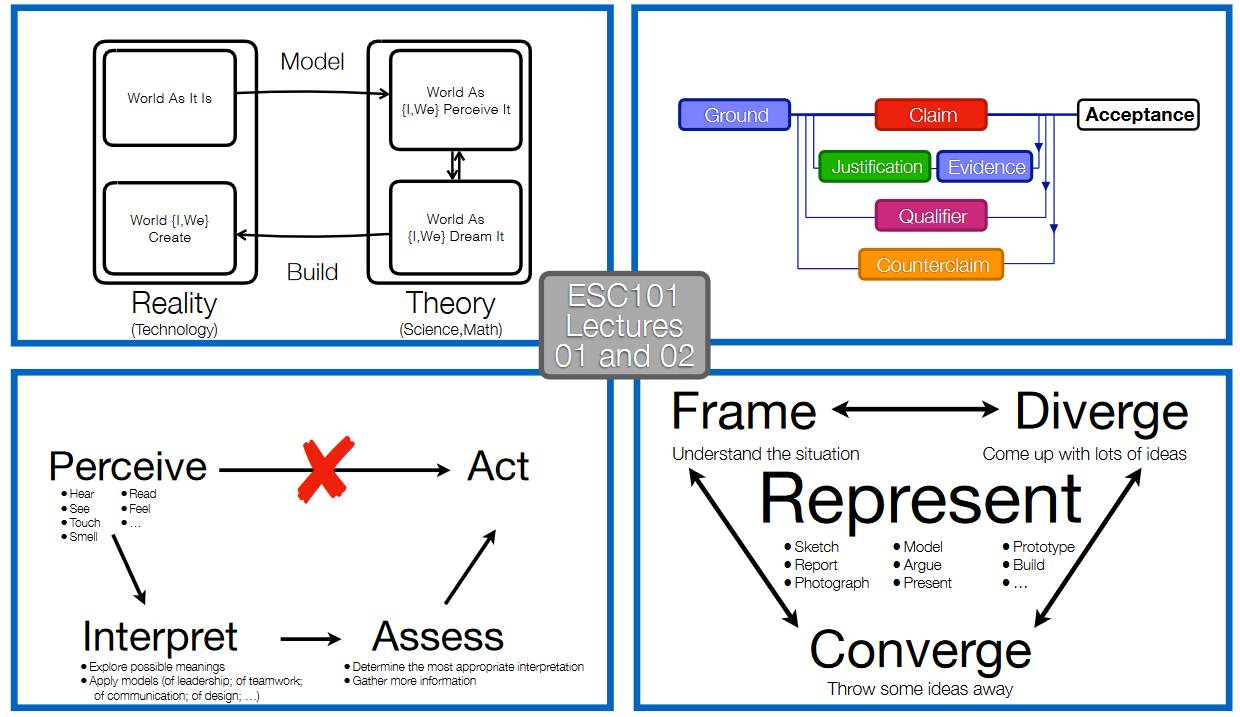
Learning to think this way is very neat! I now have a system I can easily follow when I’m faced with any new problem.
I recently heard about the Design your Life course at Stanford’s School of Engineering. They use the same “engineering designer’s” way of thinking to answer big questions like, “what should I do with my life?” Engineering is truly quite helpful!
I thought engineers build stuff?
Not quite. Building stuff is fun! But unfortunately it has not been a large focus of my engineering education. Only 4 in roughly 40 courses have had me actually build something. In the course on bridges, we built a mini bridge (shown below). In Praxis II, we built a catapult-like device. In Praxis III, we built a water sensor. This year my capstone team built a sensor to track electricity usage.
My most exciting “builds” have been unrelated to class projects. I carved out my own rock-climbing hang board from a single square block of wood! I had designed it SolidWorks and ran simulations to make sure it could carry my weight.
I also built a mini-tool for fun that would tell me the forces in a truss bridge while I was completing the course on bridges!
These were incredibly fun projects that I dedicated more time to than I care to admit. However, I don’t see myself doing similar projects anytime soon. Here’s why.
The problems with Engineering
One of my favourite second-year courses was Engineering and Society. In this course we read a paper that really stuck with me: “The (Mis)Framing of Social Justice: Why Ideologies of Depoliticization and Meritocracy Hinder Engineers’ Ability to Think About Social Injustices.”
This paper discusses two ideologies that I agree are quite problematic in engineering.
First, engineers tend to think their work is apolitical. This couldn’t be further than the truth. Engineers are the creators of new technologies and these technologies reshape society. There is no question that the creators of Israel’s Iron Dome have deeply altered the nature of the Israeli–Palestinian conflict, protecting innocent Israeli’s but also allowing for brutalities against innocent Palestinians to be sidelined until most recently. Meanwhile, engineers designing fracking technologies have enabled the release of vast amounts of lethal greenhouse gases.
The counter-argument I often hear from fellow engineers is that “someone else would do their job if they didn’t.” Or that they are simply “following orders” and playing a small part in a large system that they have no control over. These are poor excuses.
Working for someone unequivocally benefits them. Otherwise, they would be paying someone else to do the job, not you. Great employees are not easy to come by and employers often can’t simply ‘find someone else.’
More importantly, there is such a thing as ‘taking a moral stance’—not because it is strategically optimal but simply because it is what is right. This idea seems to have been lost by many. On this topic, I recommend reading the moving opinion piece by pro-Palestinian author Mohammed El-Kurd. Regardless of your stance on the Israeli-Palestinian conflict, I think you’ll find that his well-written piece makes strong points in support of taking moral stances. I see many parallels with climate change.
Of course, I understand that not all people can afford to quit their jobs. People have families to raise and debts to pay off. Taking a moral stance is a privilege. Yet, engineers are one of the most sought-after professions. Career pivots and selectivity during job searches is something many engineers can afford.
Even if one cannot quit their job, we should at least admit that developing the technologies of tomorrow is anything but apolitical.
Meritocracy is another issue raised in the paper. This one is harder to discuss because people quickly get offended if someone suggests that luck is part of the reason for their success. I most highly recommend Veritasium’s YouTube video titled Is Success Luck or Hard Work? The video gives a scientific answer to the question.
These problems of depoliticization and meritocracy have made me wary of engineering. As I move forward with my career, how should I position myself to ensure I don’t fall into these same traps? I’d love to hear your thoughts. In the meantime, this is what I’ve figured out.
Moving forward with Engineering
I studied Engineering mainly because I found it fun and thought I’d be good at it. Although, I still get excited about new random engineering projects, something has changed in me. The climate crisis is just getting started and I cannot bear to stand around—tinkering with microcontrollers and Python programs—while my future burns away.
I’m frustrated. I wish I could accept the cozy remote work life, perhaps from the back of an RV, touring the U.S.’s most beautiful national parks and rock-climbing meccas. Other times, I wish I could accept what everyone else seems to have already accepted—that our climate catastrophe is inevitable and we will just have to adapt. I’m tempted. However, these are things I cannot accept for accepting such things would be ignoring the truth that individuals can and do catalyze change.
“Never doubt that a small group of thoughtful, committed, citizens can change the world. Indeed, it is the only thing that ever has.” — Anthropologist Margaret Mead
Moving forward, perhaps engineering will simply be a tool I use in what I do, rather than the centrepiece of my career.
or sometimes software situations


